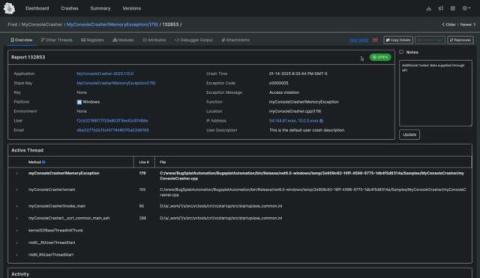A Short 2024 Recap
With almost all of 2025 out in front of us, we wanted to make sure that you saw all of the great progress and useful features that got pushed live in 2024! Last year was a year of big strides forward, meaningful conversations with our community, and exciting updates to our product. Before we dive into all the exciting things ahead in 2025, let’s take a moment to celebrate the progress we made this past year.











